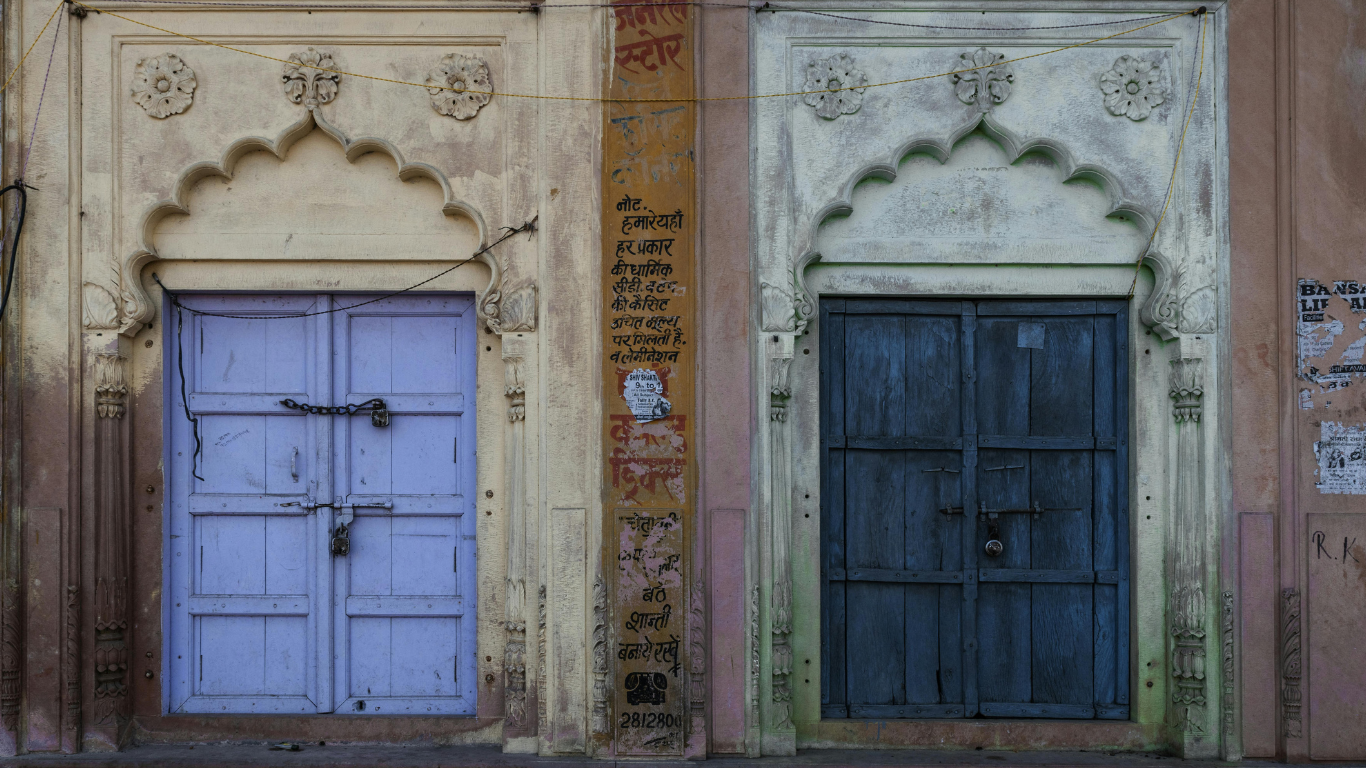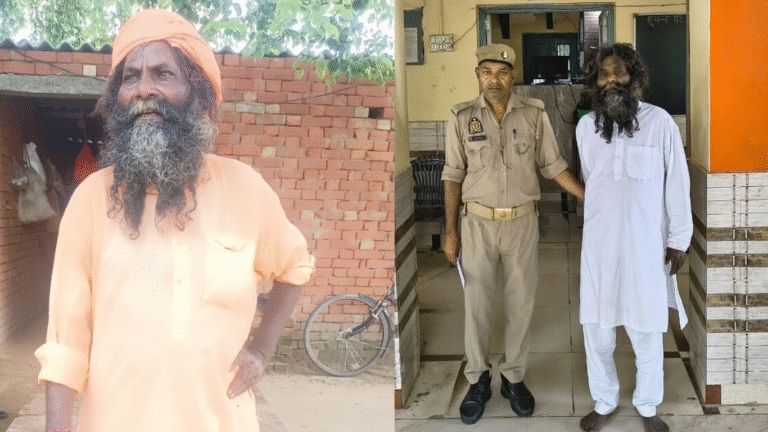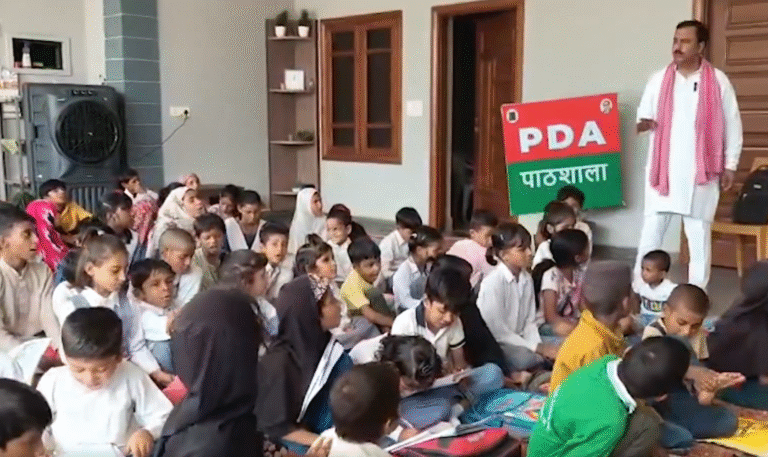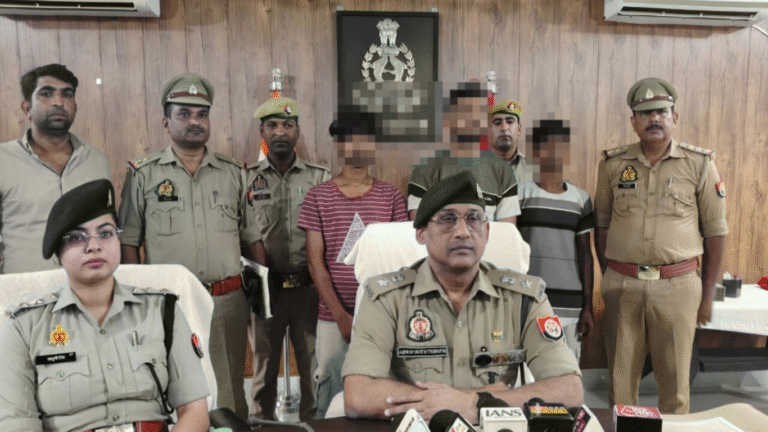
Introduction to Muzaffarnagar, Uttar Pradesh
Muzaffarnagar is a bustling city in western Uttar Pradesh, often called the “Sugar Bowl of India” due to its large number of sugar mills and fertile land. Located around 125 kilometers from Delhi and 200 kilometers from Lucknow, the city holds an important position between the two metros. It’s a key stop on the Delhi-Dehradun National Highway 58, making it well connected by road and rail.
Muzaffarnagar was established during the Mughal period and named after Sayyid Muzaffar Ali Khan. Over time, it has developed into an important urban center in western UP, with a mix of agricultural and industrial economies. Apart from sugar, jaggery (gur) is a major product from this region and is exported across India.
The city has a mix of cultures — people from different communities live here peacefully. It has religious sites, educational institutions, and an active marketplace, making it both traditional and modern at the same time.
Nearby Areas and Connectivity
Muzaffarnagar is surrounded by several well-known towns and districts. Some of the nearby places include Meerut, Shamli, Saharanpur, Roorkee, and Haridwar. These places are reachable within 1–2 hours by road. The highways and rail routes passing through Muzaffarnagar link it to both the hills of Uttarakhand and the plains of UP.
- Meerut is the nearest big city, known for its sports goods industry.
- Shamli is a neighboring district famous for agriculture.
- Roorkee and Haridwar lie in Uttarakhand and are just a couple of hours away.
- Saharanpur is known for its woodcraft and lies to the north.
The city also serves as a hub for rural areas around it, such as Jansath, Khatauli, Bhora Kalan, and Purkazi, where many residents come to Muzaffarnagar for shopping, education, and health care. These small towns are connected through state highways and local transport systems.
Transportation and Public Utilities
Muzaffarnagar is well connected by both rail and road. The Muzaffarnagar Railway Station lies on the Delhi–Dehradun route and sees regular trains to cities like Delhi, Haridwar, and Saharanpur. National Highway 58 passes through the city, making it easy for buses and private vehicles to travel.
The city also has its own bus depot, operated by Uttar Pradesh State Road Transport Corporation (UPSRTC), providing frequent services to nearby districts and cities. Local autos and tempos make it easy to travel within the city and its adjoining areas.
Electricity, water supply, telecom services, and internet connectivity are well established here. Over the past few years, many banks, ATMs, hospitals, and schools have improved the quality of life in Muzaffarnagar.
Economy and Markets
The backbone of Muzaffarnagar’s economy is agriculture. The city lies in the fertile Doab region between the Ganga and Yamuna rivers. Crops like sugarcane, wheat, and mustard are grown widely here. There are over a dozen sugar mills in the district, which employ thousands of people directly and indirectly.
Apart from farming, the city has wholesale and retail markets that trade jaggery, grains, and textiles. Ansari Road, Sadar Bazaar, and Meenakshi Chowk are major commercial hubs where people from villages nearby come to shop or sell their products.
Real estate, transport services, and small manufacturing units also contribute to the economy. The city is growing fast, and new business ventures are being seen, especially in education, coaching centers, and healthcare.
Education, Culture, and Daily Life
Muzaffarnagar has many schools and colleges affiliated with different boards and universities. Institutions like DAV College, SD College, and Shivaji College have been serving students from both the city and rural areas for decades.
Culturally, the city celebrates all major festivals — Holi, Diwali, Eid, and Dussehra with enthusiasm. Local fairs and religious processions are part of everyday life. There are several temples, mosques, and gurudwaras, reflecting the diversity and harmony in the city.
Daily life in Muzaffarnagar is a mix of tradition and progress. While some people still work in agriculture, many now have businesses or jobs in the city. With the rise of smartphones and internet usage, the city is slowly adapting to digital life while keeping its roots intact.
Conclusion
Muzaffarnagar in Uttar Pradesh is a city of contrasts — old and new, urban and rural, spiritual and commercial. It plays a key role in the economy of western UP through its agriculture and trade. With strong road and rail connectivity, it also acts as a bridge between the plains and the hills.
Whether you’re planning to visit for business, education, or just passing through, Muzaffarnagar offers a rich local experience. The city’s simplicity, culture, and strategic location make it an important destination in north India.



